The greatest growth area was in 'considered expenditure', which includes cars, holidays, furniture and appliances. The slowest growth, at 18 per cent, was in everyday expenditure, which includes food and drink, print media, tobacco, medication and toiletries. There was a 49 per cent increase in 'occasional expenditure' (clothing, kitchenware and going out).
The domestic appliances market has grown 58 per cent in real terms and is now worth£12.8 billion a year, or£475 per household. In 1995, white goods dominated, however since 2000 there has been a shift towards brown goods, such as TVs and DVD players. Last year, brown goods accounted for 49 per cent of the domestic appliance market. Sales of home computers have increased 695 per cent in the past decade.
Mintel director of research Paul Rickard said: 'The British are far more likely to upgrade a TV, stereo or even home computer before it has reached the end of its life, a trend that is not apparent in the market for more mundane appliances, such as washing machines, tumble dryers or dishwashers.'
The average household spent£37,000 last year, an increase of 43 per cent in real terms compared with 1995.
The report also showed that consumer borrowing has fallen dramatically. Between 2004 and last year the total borrowed over and above what was paid back fell by 28 per cent.






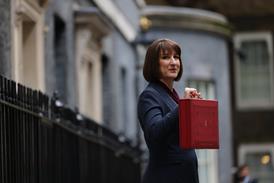




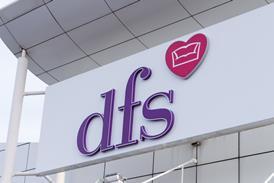
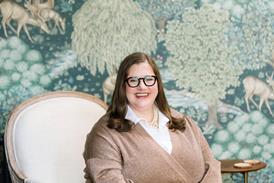









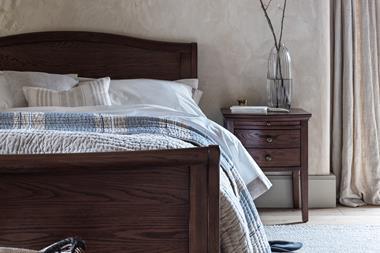
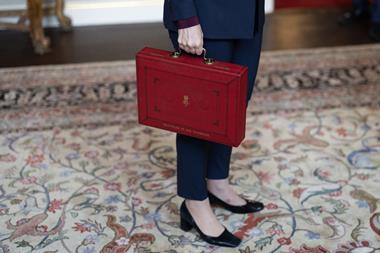

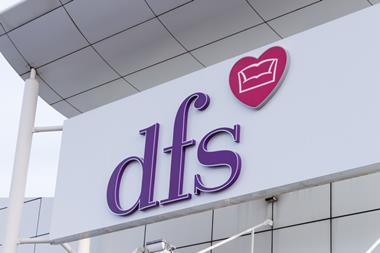

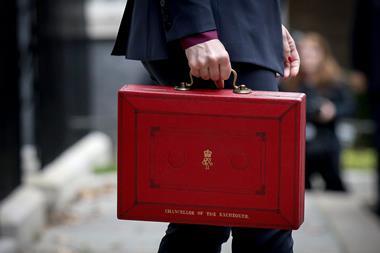
No comments yet